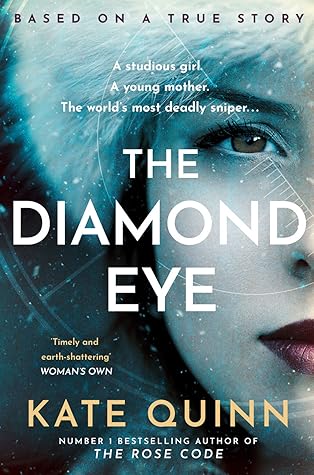More on this book
Community
Kindle Notes & Highlights
“What is such a thing good for, malyshka?” “It taught me not to miss,” I said honestly. “At targets?” “At anything.”
a disorganized scramble into a mass retreat rather than a headlong sprint toward glory.
You are being promoted over corpses.
He looked me hard in the eyes. “Good hunting.” Two words that helped me put away the mother, the daughter, the student, and let the sniper unfurl her wings.
“You’re not going anywhere, Mila, because you look like death.” I pushed the mirror away. “I am death.”
“To Lady Death and her pack of devils,”
Snipers must make themselves calm in order to succeed, and that is why women are good at sharpshooting. Because there is not a woman alive who has not learned how to eat rage in order to appear calm.
“I spend most of my days dressed as a bush,” I said. “What do I need a new parade uniform for?”
“For the love of Lenin, woman, did you just say you loved me as you tallied your dead?
I took a long breath and held up my hand. I hadn’t slept in a week; my eyes were swollen to slits; I had a belly full of vodka, a heart full of hatred, and a soul full of grief—but my hand was steady as a rock.
It took nearly a month for the city to fall, and it took 300,000 German soldiers, over four hundred tanks, and more than nine hundred aircraft.
It’s sometimes said that World War II was won with British intelligence, American steel, and Soviet blood. This sweeping generalization bears a kernel of truth.
Pavlichenko, Lyudmila. Lady Death: The Memoirs of Stalin’s Sniper, trans. David Foreman. Greenhill Books, 2018.


